
The Origin of the Word "Bespoke"
The origin of the word "bespoke" in relation to shoes is deeply rooted in the history of custom tailoring and shoemaking, particularly in England. To understand how "bespoke" came to be associated with custom-made shoes, we need to delve into the linguistic and historical context of the term.
Etymology of "Bespoke"
The term "bespoke" originates from the verb "bespeak," which in Middle English meant "to speak for something" or "to order in advance." This usage dates back to at least the 16th century. When a person "bespoke" an item, they were essentially reserving it or commissioning it to be made according to their specifications.
Historical Context
In the context of tailoring and shoemaking, "bespeak" referred to the practice of reserving or ordering materials and services in advance. This meant that a customer would speak for a particular piece of cloth or leather, which would then be set aside to create a garment or pair of shoes specifically for them.
Early Use in Shoemaking
The application of "bespoke" to shoemaking can be traced back to the same period when it was commonly used in tailoring. Shoemakers would create shoes that were entirely made-to-order, based on the specific measurements and requirements of the individual client. This process distinguished bespoke shoes from ready-made shoes, which were produced in standard sizes and styles.
Bespoke Tradition in England
The tradition of bespoke shoemaking became particularly prominent in England, especially in London. Savile Row, known for its bespoke tailors, also had a significant influence on bespoke shoemaking. Craftsmen in this area were renowned for their meticulous attention to detail and the high quality of their work. The bespoke shoemaking process involved:
-
Consultation and Measurement:
- The shoemaker would take detailed measurements of the client's feet, including length, width, and the shape of the arch. This ensured a perfect fit. Overtime, consultations and the measurement process have evolved to allow customers to get fitted from home.
-
Last Creation:
- A custom last (a model of the client's foot) would be made. This last served as the foundation for constructing the shoe, ensuring that it conformed exactly to the client's foot shape.
-
Design and Material Selection:
- Clients would choose the design, style, and materials for their shoes. This included selecting the type of leather, color, and any additional details like stitching patterns or decorative elements.
-
Handcrafting:
- The shoemaker would then handcraft the shoes using traditional techniques. This process could take several weeks or even months, depending on the complexity of the design and the skill of the craftsman.
Modern Implications
Today, the term "bespoke" is still synonymous with high-quality, custom-made shoes that are crafted to an individual's exact specifications. The bespoke shoemaking process remains largely unchanged, preserving the artisanal skills and attention to detail that have been passed down through generations.
Conclusion
The word "bespoke," when applied to shoes, carries a rich heritage of craftsmanship and personalization. Originating from the verb "bespeak," meaning to reserve or order something in advance, it has evolved to signify the epitome of custom-made luxury. In the realm of shoemaking, bespoke shoes represent the highest standard of fit, quality, and individual expression, continuing a tradition that has been cherished for centuries.
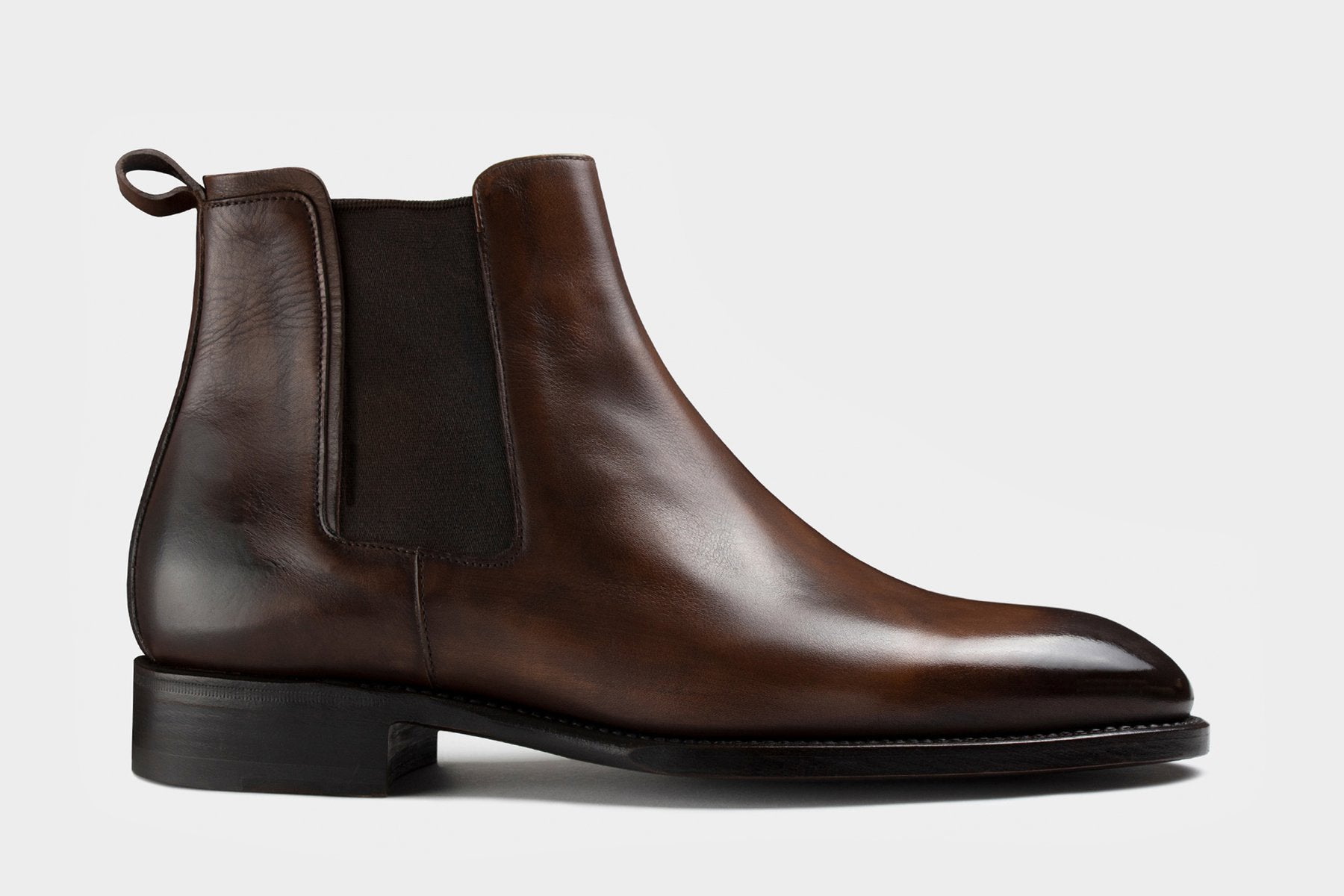
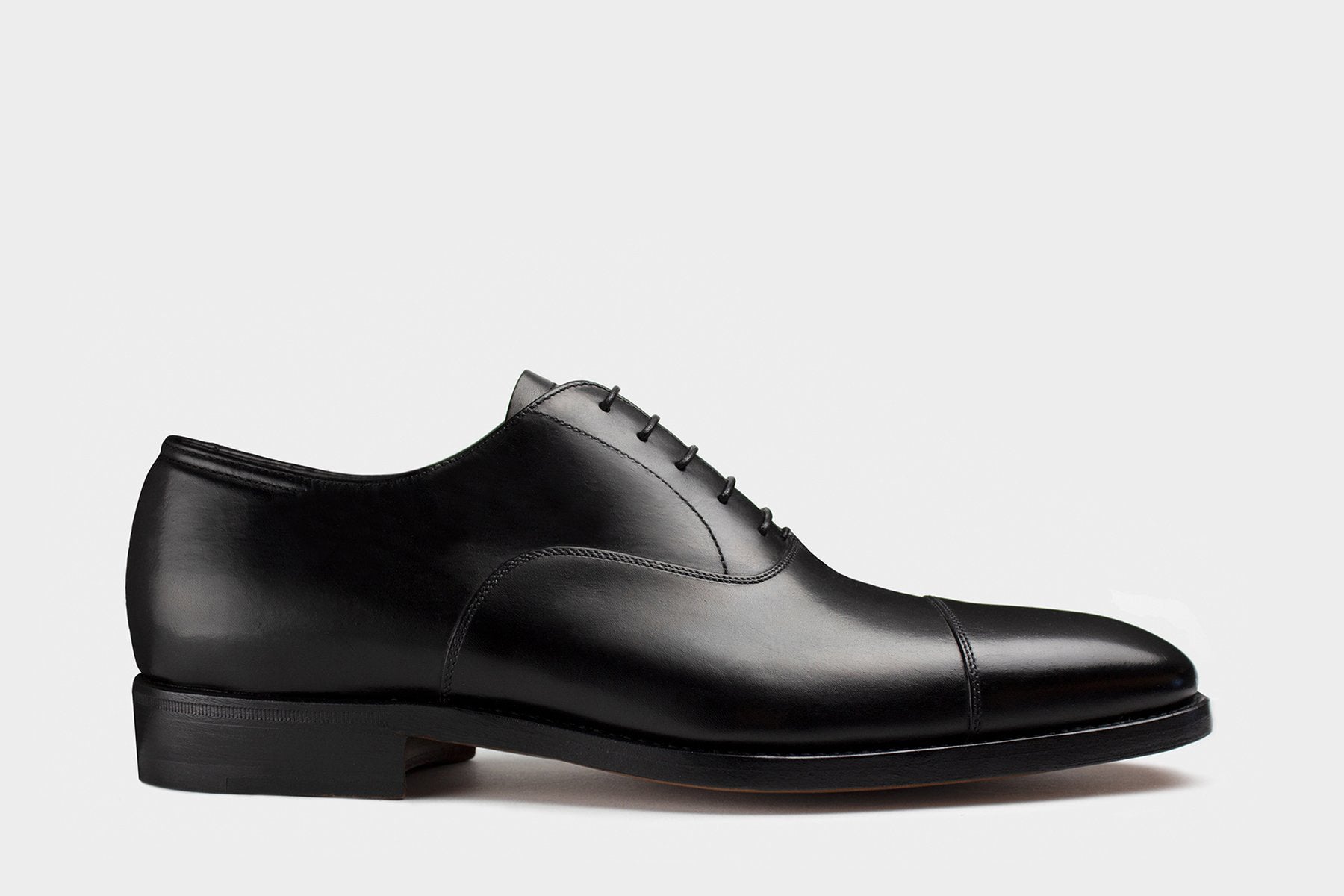
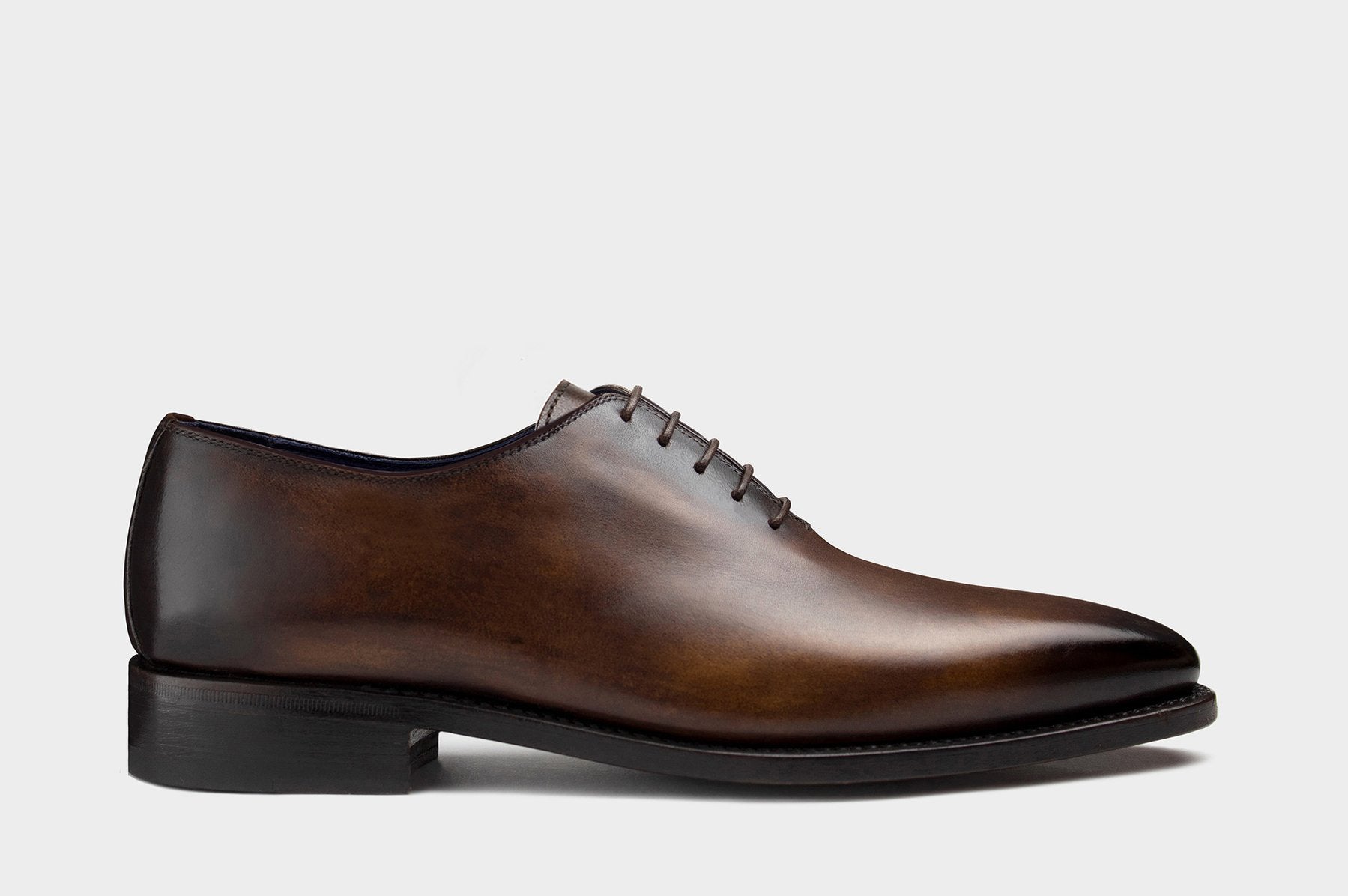
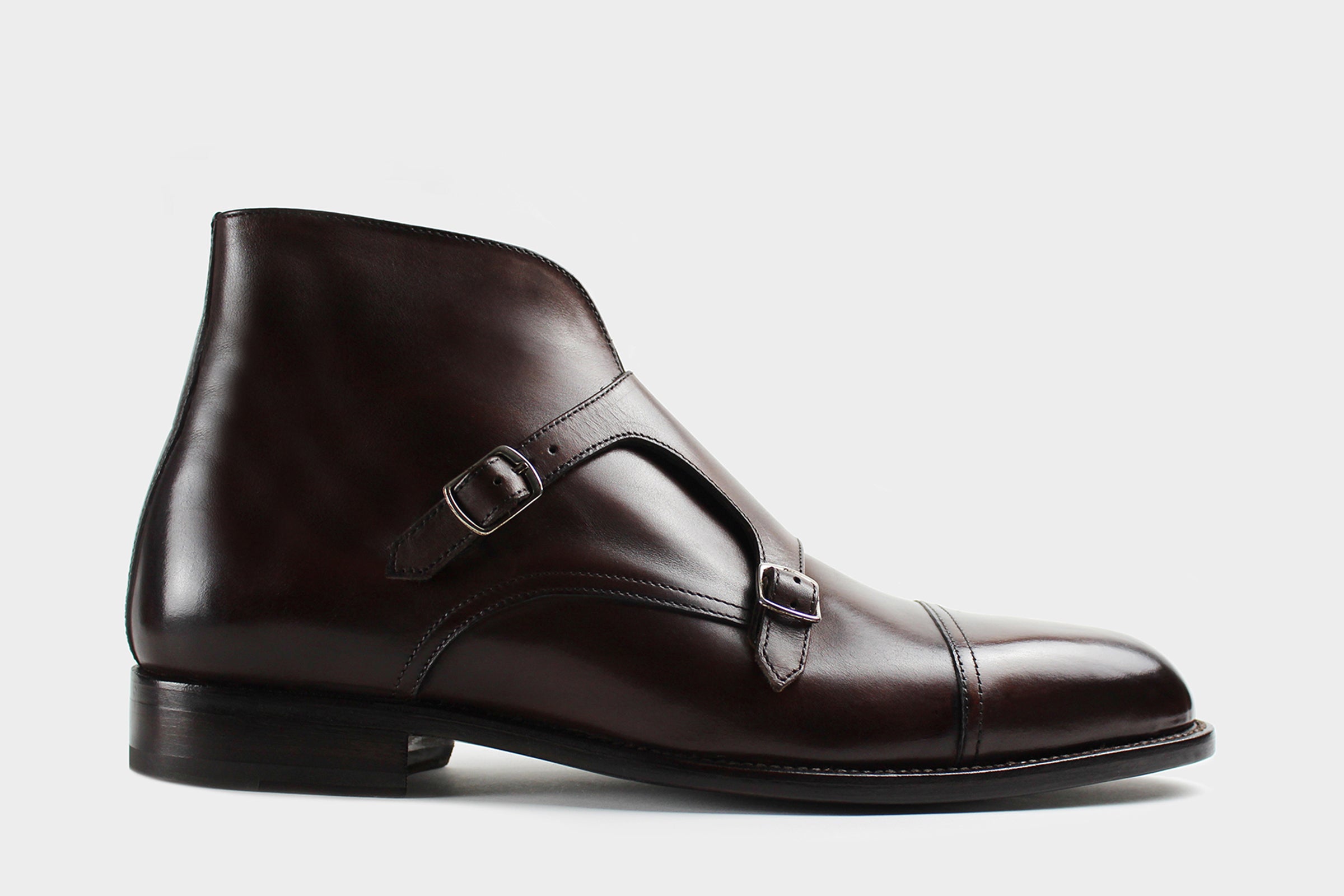
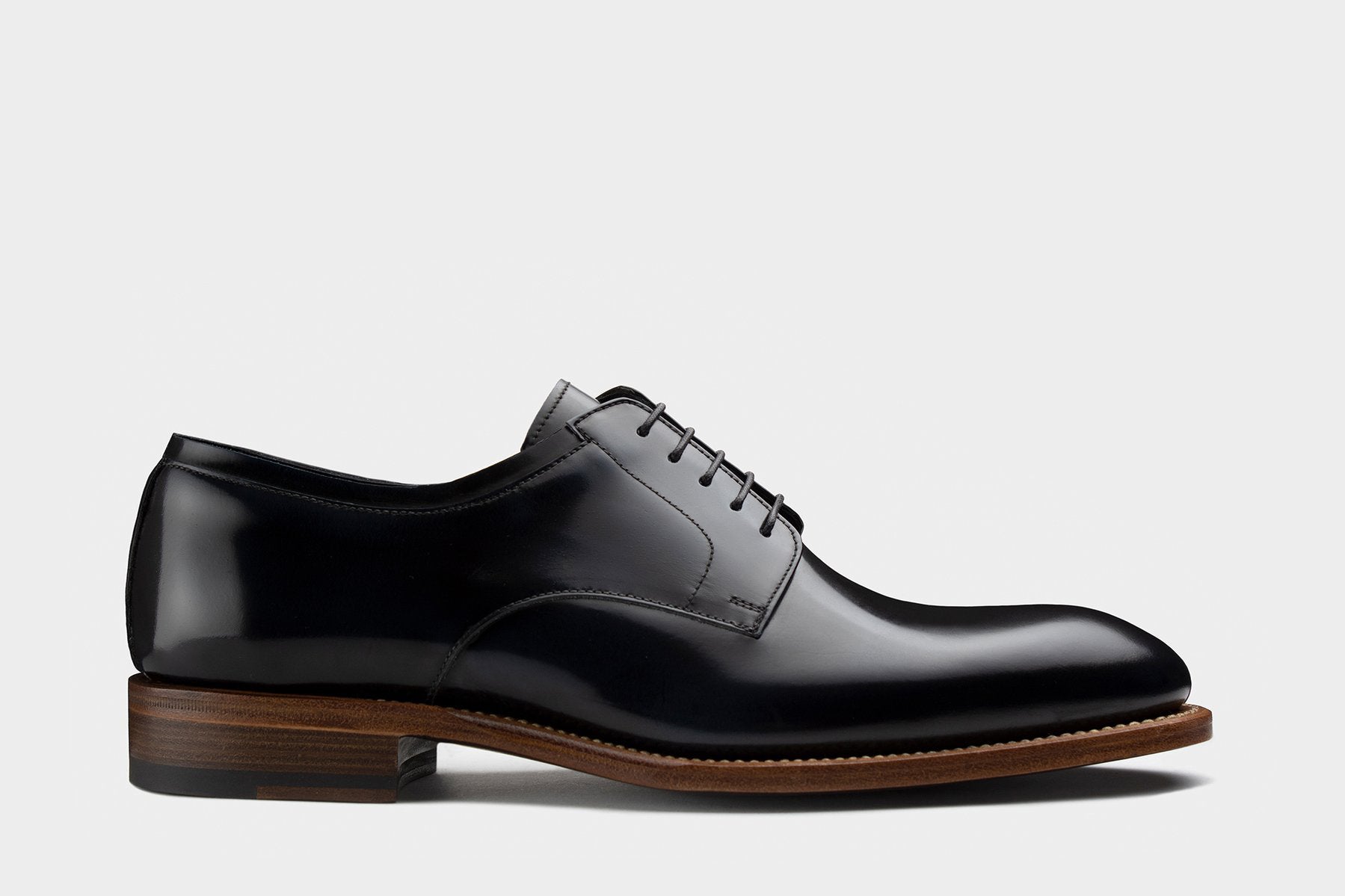
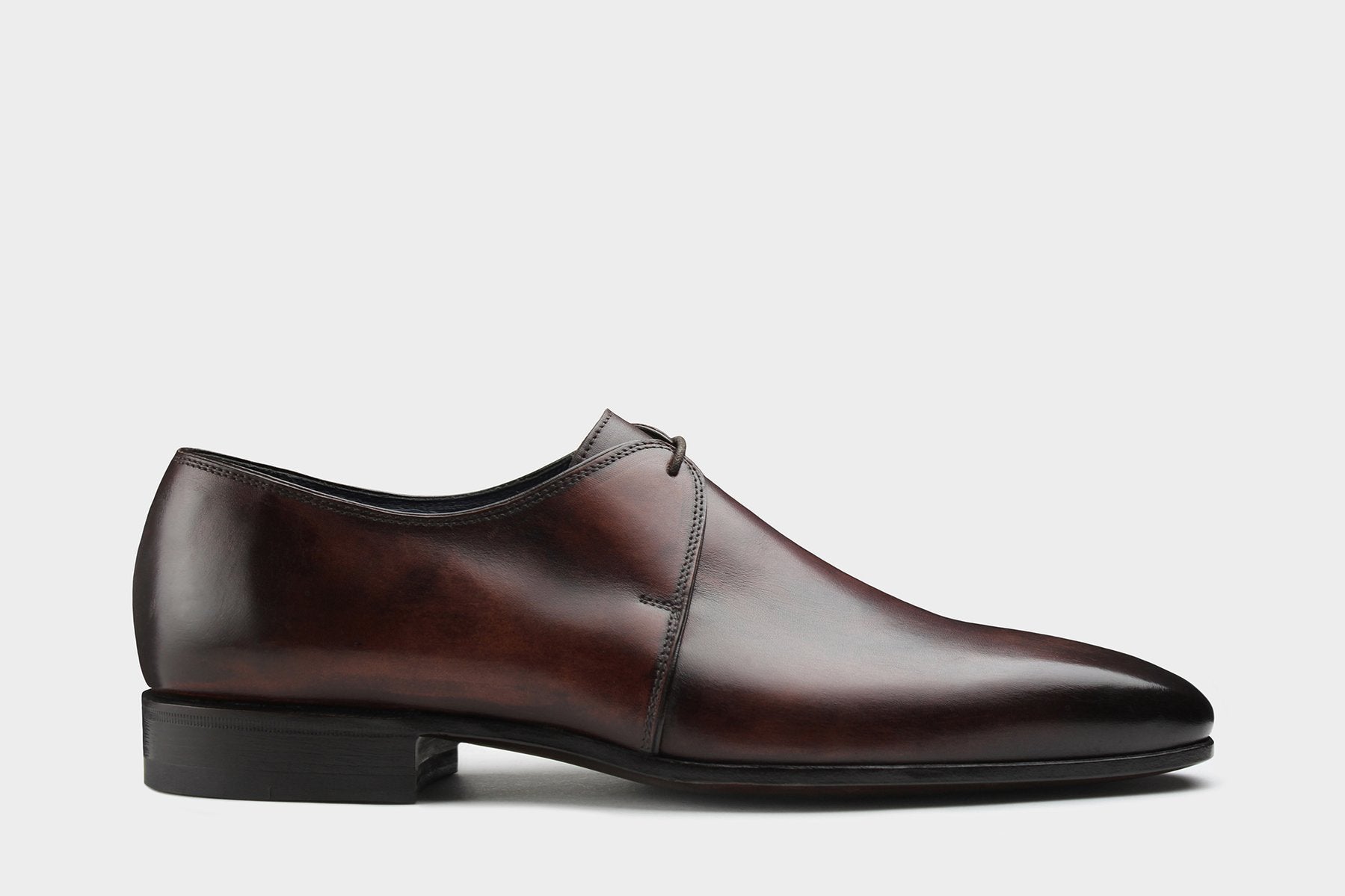
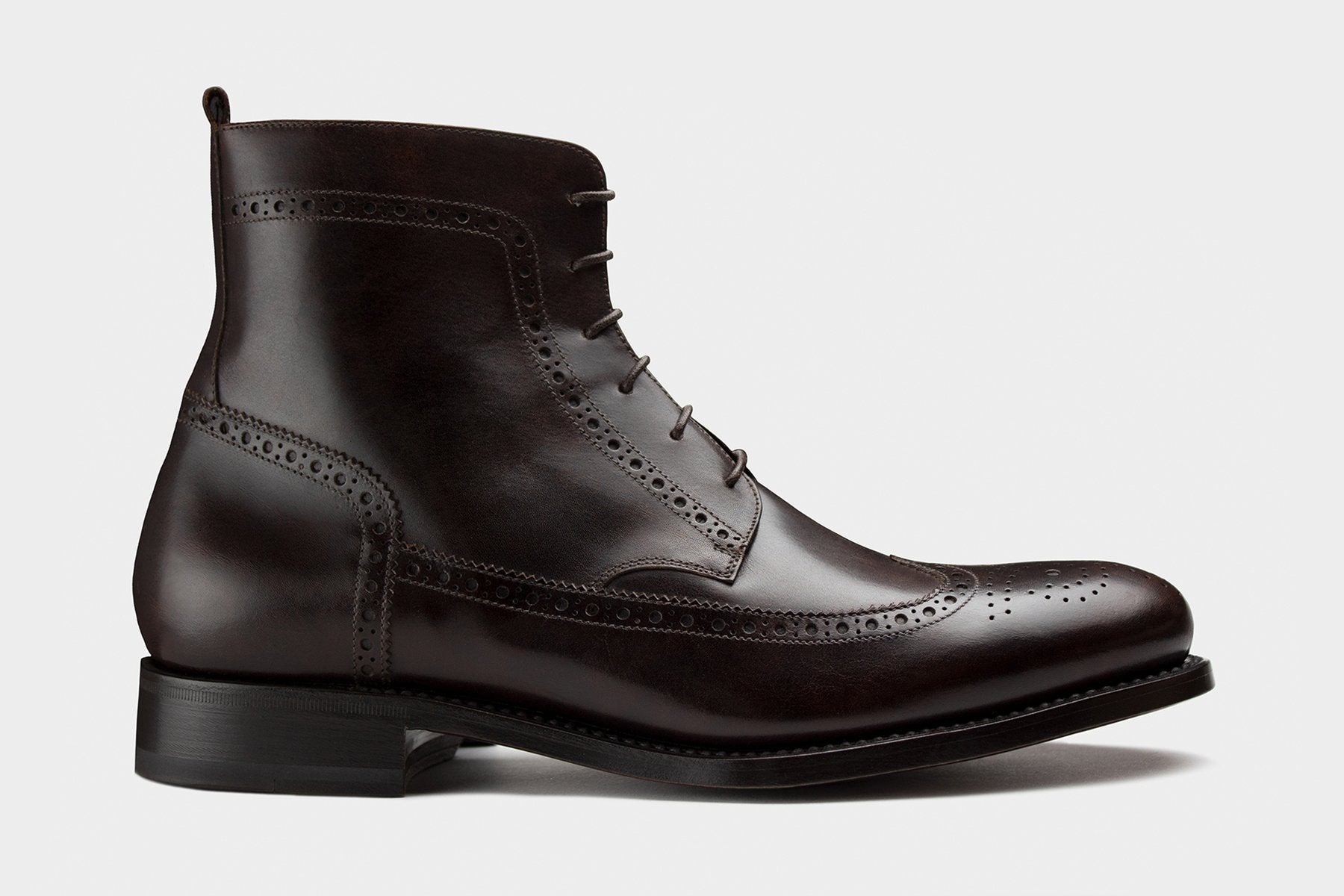
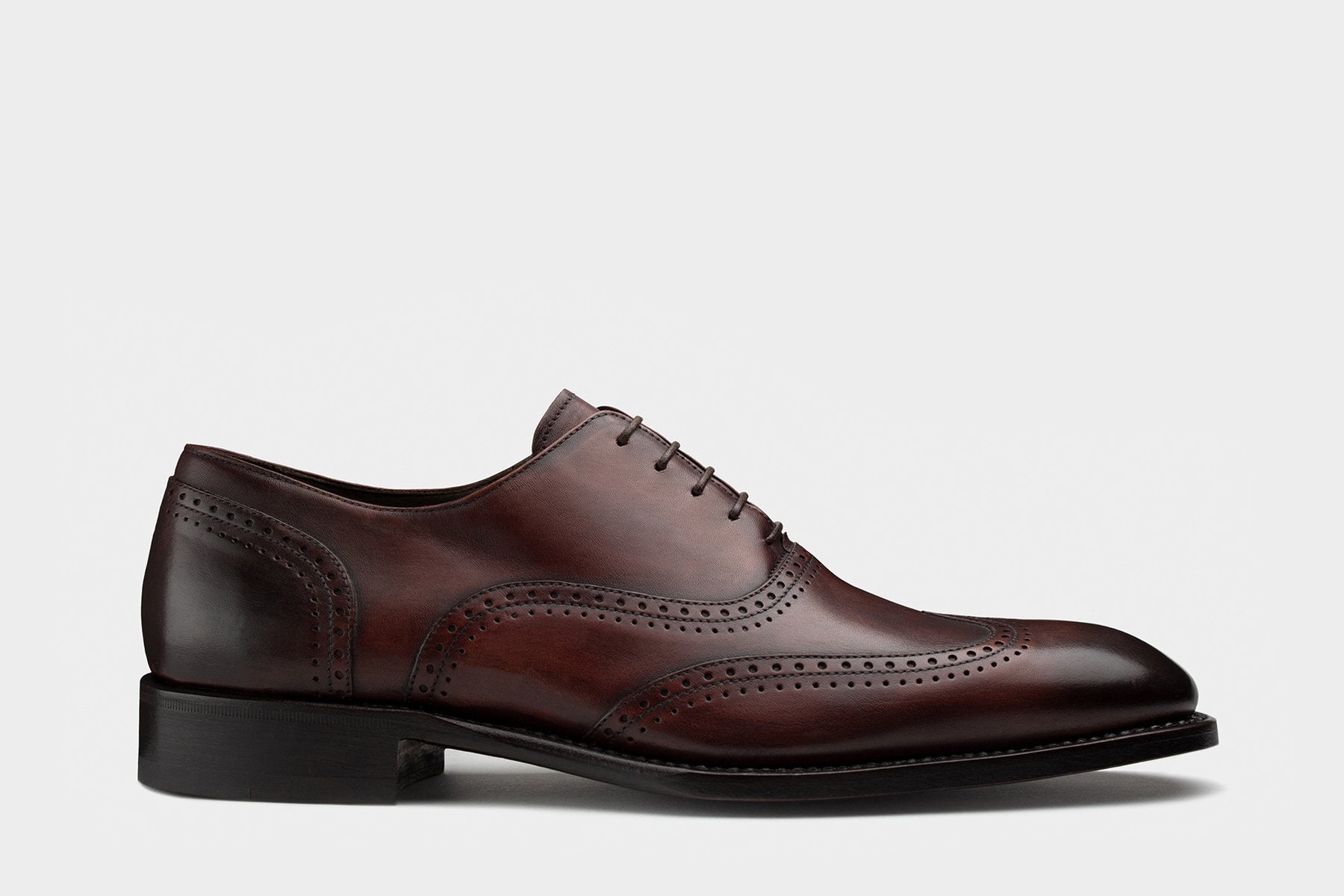


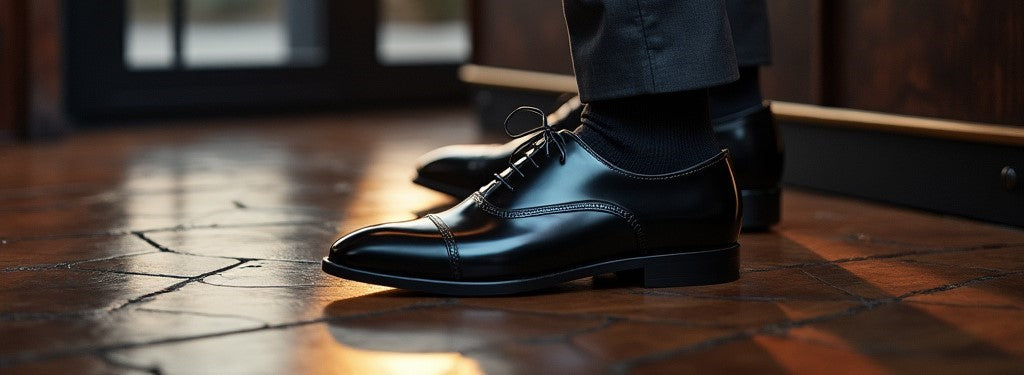
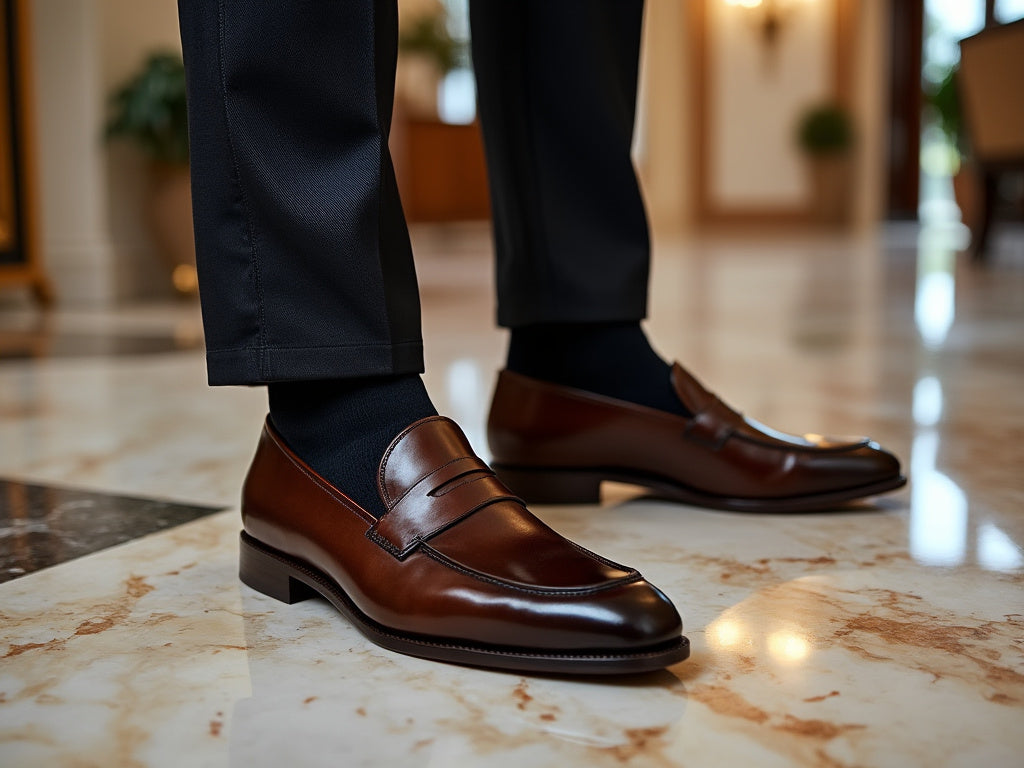
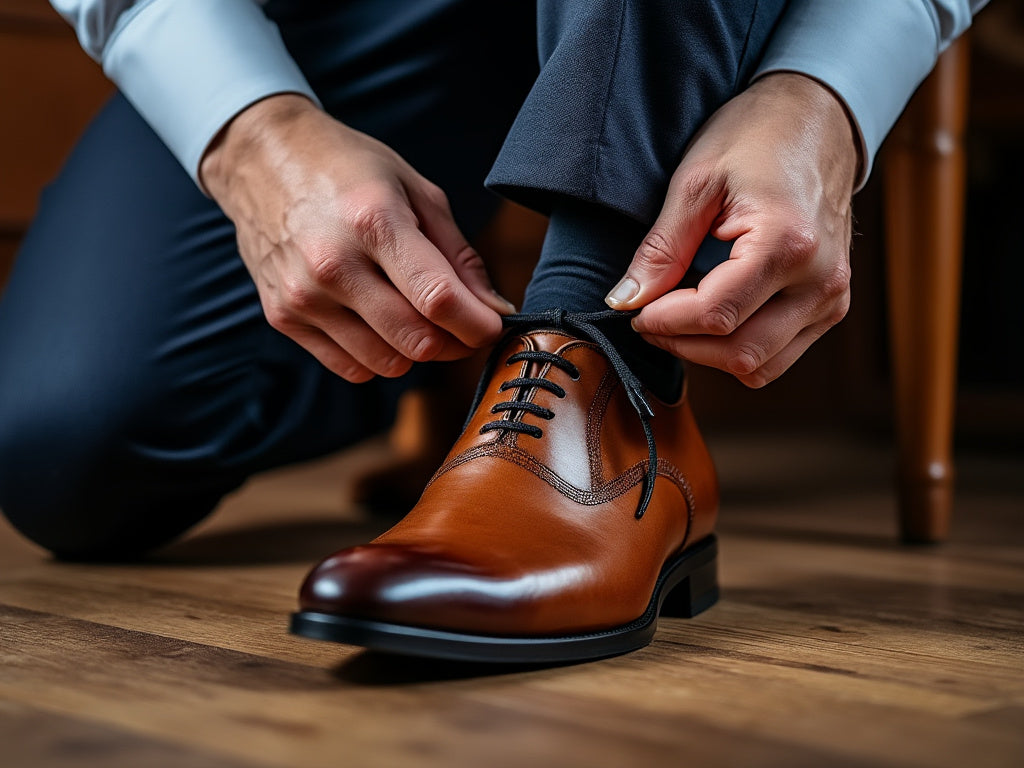
Leave a comment
This site is protected by hCaptcha and the hCaptcha Privacy Policy and Terms of Service apply.